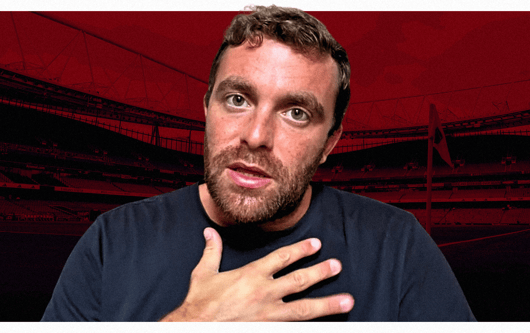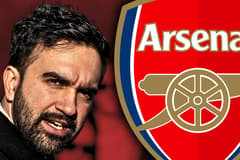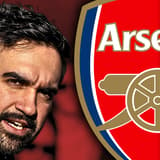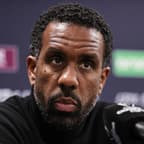-
News
- 3 hours ago
Jonathan Wilson: Why appointing joint-managers is on the rise - and why it's failed in the past
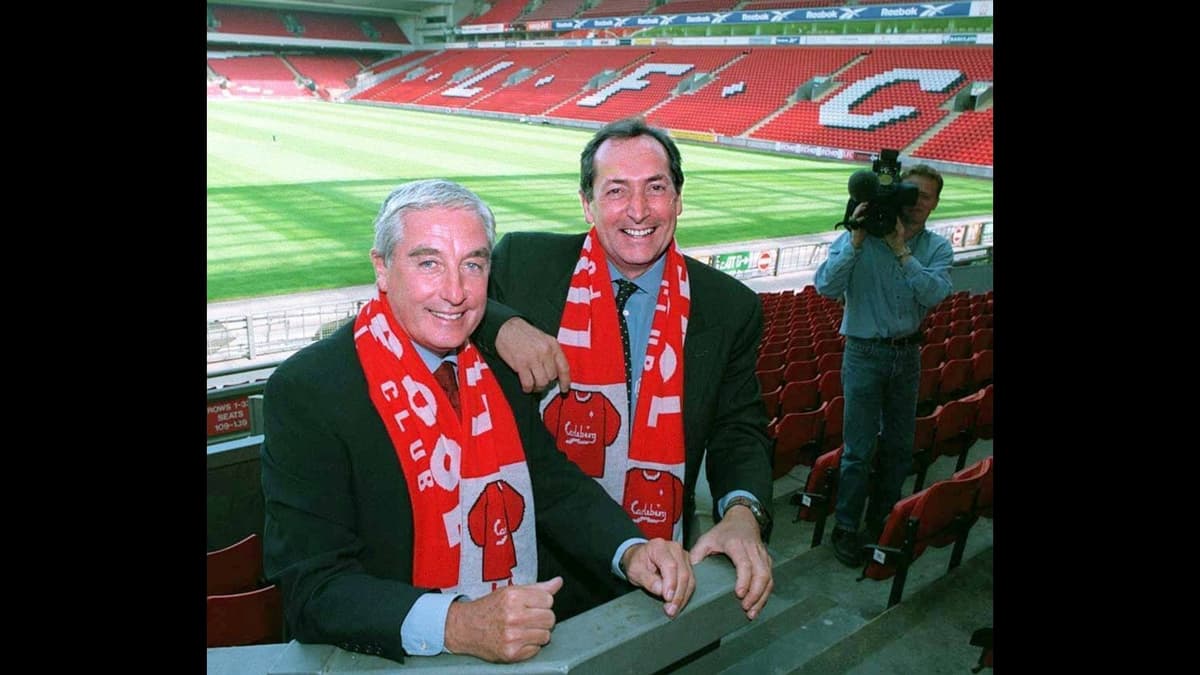
In June, Platense beat Huracan to win the Argentinian Apertura, a remarkable achievement for a club that had never won a senior trophy in their previous 120 years of existence.
But it was a notable achievement also because Platense were led by a managerial duo - and even in the modern game, in which most major clubs have multiple layers of sporting director, the orthodoxy says that the best form of governance for a football team is one clear leader, an uncomplicated chain of command, a benign (ish) dictatorship.
Sergio Gomez, who turned 44 in July, had a largely unremarkable career in the lower reaches of the Argentinian professional game. Favio Orsi, seven years his senior, was a midfielder of no greater distinction who ended up playing for FC Jazz in Finland. They met in 2012 at Fenix, a club from Buenos Aires, who had just been promoted back to the regionalised third tier of Argentinian football, when both were working as assistants to Oscar Santangelo. When Santangelo resigned in April 2013, the pair were appointed co-managers.
There was surprise, but it worked.
They got on well, had complementary skills, and have been a pair ever since. Platense were the ninth side they have managed together, enjoying modest success: before last season, their most notable achievement was taking Flandria to the Primera B Metropolitana title in 2016.
The pair quit Platense shortly after winning the league title, citing "personal reasons", but seemingly feeling that they had taken the team as far as they could and that it was better to leave on a high.
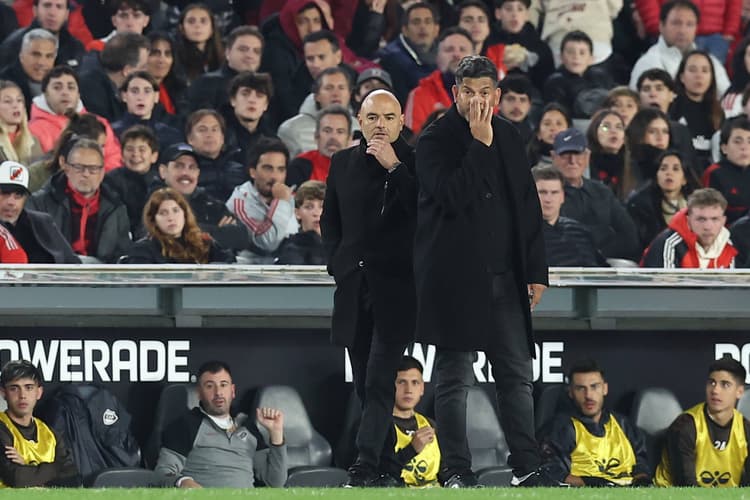
Why, though, is their success so eye-catching? Why has it historically been so unusual for managers to work as a two? And could the concept be on the rise, with Viking FK leading the Norwegian Eliteserien under Bjarte Lunde Aarsheim and Morten Jensen?
From an English point of view, two examples of joint-managers stand out: Roy Evans and Gerard Houllier at Liverpool, and Steve Gritt and Alan Curbishley at Charlton Athletic.
The former example essentially functioned as a transitional period between the two managers. Evans followed the tumultuous reign of Graeme Souness with a brief to restore the Boot Room traditions.
But although Liverpool played attractive football they never came close to repeating the successes of the 1970s and '80s, while tales of ill discipline were rife.
Houllier had won the league with Paris Saint-Germain - before they were anything like the club they are now - and was widely respected for his work in French youth development.
When he was appointed in the summer of 1998, it was widely assumed he would replace long-serving assistant coach Ronnie Moran, who had just retired. But he was installed as joint-manager, despite obvious differences of approach and temperament. By November, Evans decided he had had enough and resigned, leaving Houllier to win a UEFA Cup, an FA Cup and two League Cups.
Gritt and Curbishley's situation was slightly different in that both were still players when Charlton appointed them in 1991, albeit Curbishley was already a player-coach and took on more of a managerial role. Both brought their playing careers to a formal close in 1993, having overseen Charlton's return to the Valley, and they survived two more years before the club decided they would prefer a single leader. Gritt was ousted and went on to a journeyman career, although he did oversee Brighton's remarkable survival in 1997. Curbishley, meanwhile, spent a total of 16 years at Charlton, taking them into the Premier League.
There are other examples. Although John Sillett is better known than George Curtis, the duo were technically joint-managers as they led Coventry City to survival in 1985-86 and the FA Cup a year later. Colin Todd and Roy McFarland at Bolton Wanderers and Keith Stevens and Alan McLeary at Millwall fared rather less successfully.
Then there were the odd fudges, such as Doug Livermore and Ray Clemence as joint head coaches at Tottenham under the chief executive Terry Venables in 1992, or Venables being brought in at Middlesbrough alongside Bryan Robson in 2000. In both cases, it was obvious Venables had been the man in charge, just as Matt Busby had remained the obvious boss at Manchester United after retiring in 1969 to be "general manager" with Wilf McGuinness as head coach.
And yet, there are clear examples of managers and assistants who function essentially as a pairing. Brian Clough was always at his best alongside Peter Taylor, while Bob Paisley was very obviously more than a trainer for Bill Shankly. In both those cases, an astute and quiet tactician worked in the background while a charismatic showman worked, as Clough put it, "front of shop".
The issue, perhaps, is one of terminology. All managers these days work as part of a team, alongside technical directors and coaches. What matters is less what each individual role is called, than whether there is a clear division of roles - and if two people have essentially the same title, it's easy to see how that can become confused.
